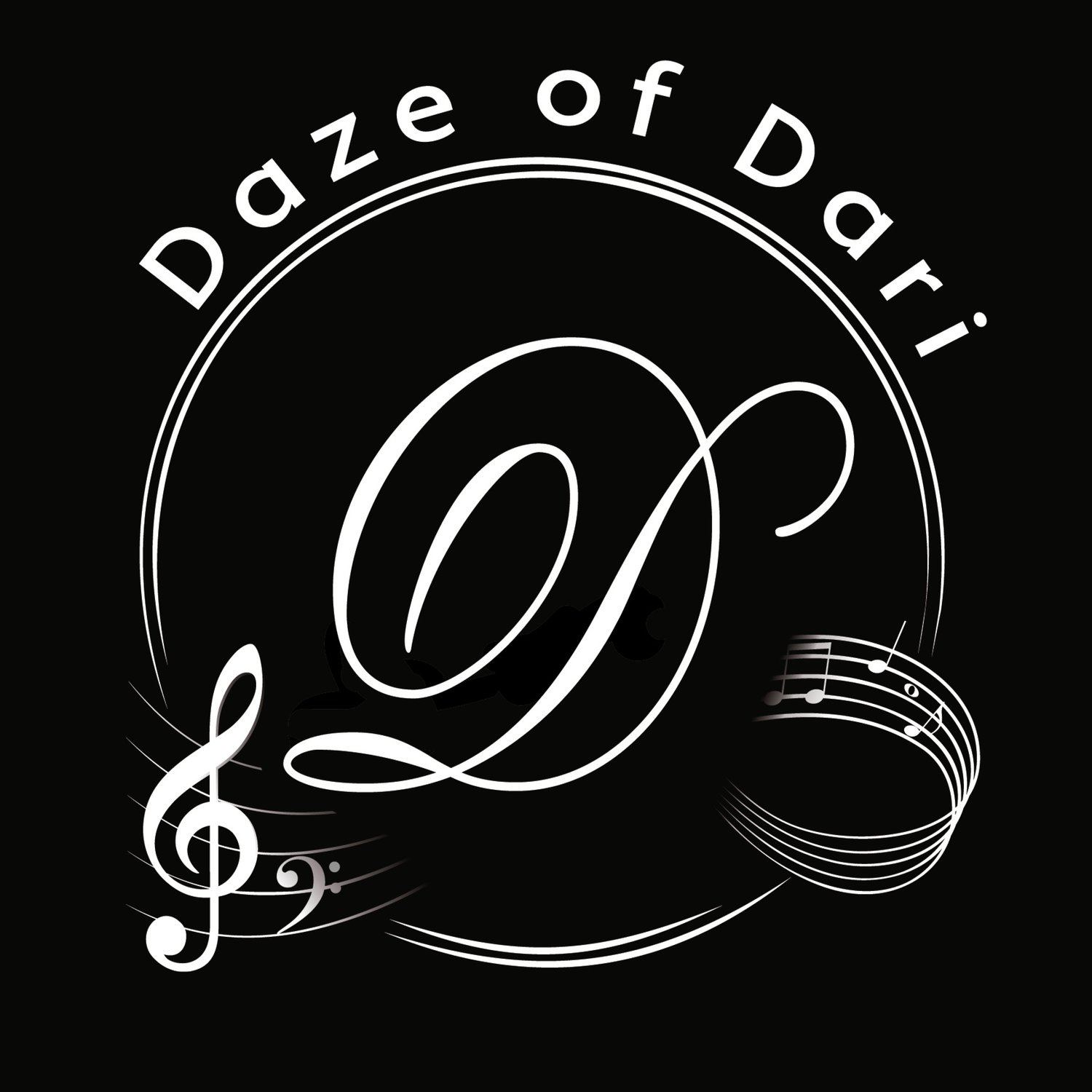Vinyl Records
It was during the 1960’s and 1970’s that the record industry skyrocketed with booming sales of vinyl records. In 1978, sales peaked for vinyl LP’s and EP’s at 2.5 billion dollars and accounted for 59.5% of total revenue of recorded music. Listening to records was a classic pastime for both young and old alike. Stereo began to grow in popularity and people started to add high-fidelity turntables and speaker systems into their homes.
Because of home audio being so popular, record clubs grew as well. Record clubs were mail-order companies that delivered records straight to your home. Music labels were known to use record clubs to target new consumers and boost sales.
Vinyls were the leading music format until advancements became more popular in the industry. In 1979, the Sony Walkman caused the initial decline of vinyl sales. After all, cassette tapes and the Sony Walkman were portable and vinyls were obviously not. Vinyls remained popular because cassette tapes didn’t offer anything near the same sound of vinyl. Audiophiles were dedicated.
In 1983, the CD was introduced. CDs became the preferred format for audio because of their storage capacity, convenience and sound. CDs were not affected by dusty grooves and had no risk of warping. It was during the 1990’s that vinyl record sales began to decline quickly.
After record sale lows (no pun intended), in 2006, vinyl record sales began to rise. By the end of 2020, vinyl record sales reached 27.5 million units. CD sales started to fall and vinyl record sales started to boom.
For some, such as myself, vinyl records never went “out of style.” Presently, sales of vinyls are by the brand new consumer or those that are returning to vinyls after decades of purchasing CDs and MP3s. Some are wishing to build a collection, others are nostalgically loving the calming feel and sound of listening to their favorite music on vinyl. Another element of sales is that stores are also a community.
There is nothing like the feeling of placing a needle on a vinyl record. The feeling starts with looking through record stores and bringing your new treasure home. You remove the plastic covering, take the record out of its protective sleeve, place it on the turntable, drop the needle and press play. You are bringing music to life and it’s a much more gratifying feeling than just opening up an app on your phone and pressing play. You are physically connected to the music and it has become a ritual,
There is no denying the warmth of a vinyl record - especially the pops and crackles. The rich sound has such a unique quality that no other digital format can ever match. The sound from a vinyl record is immersive and intimate. Vinyl records are uncompressed so you experience an uncompromised reproduction of the original recording.
Let’s also remember that both album covers and the actual vinyl record inself are true works of art. They are designed, created or photographed by artists and graphic designers.
The vinyl sleeve can provide lyrics, notes, thank you lists and behind-the-scene stories. Some vinyls will even include special gifts for fans such as stickers, calendars and posters.
Vinyl records are the only classic way to enjoy music. They have a timeless charm that transcends generations, Dedicated vinyl record fans aren’t straying away from this classic. I personally love vinyl records and hope they always remain available to purchase. I’m glad I have a turntable and an eclectic vinyl collection so I will always be able to experience the nostalgic ritual.
